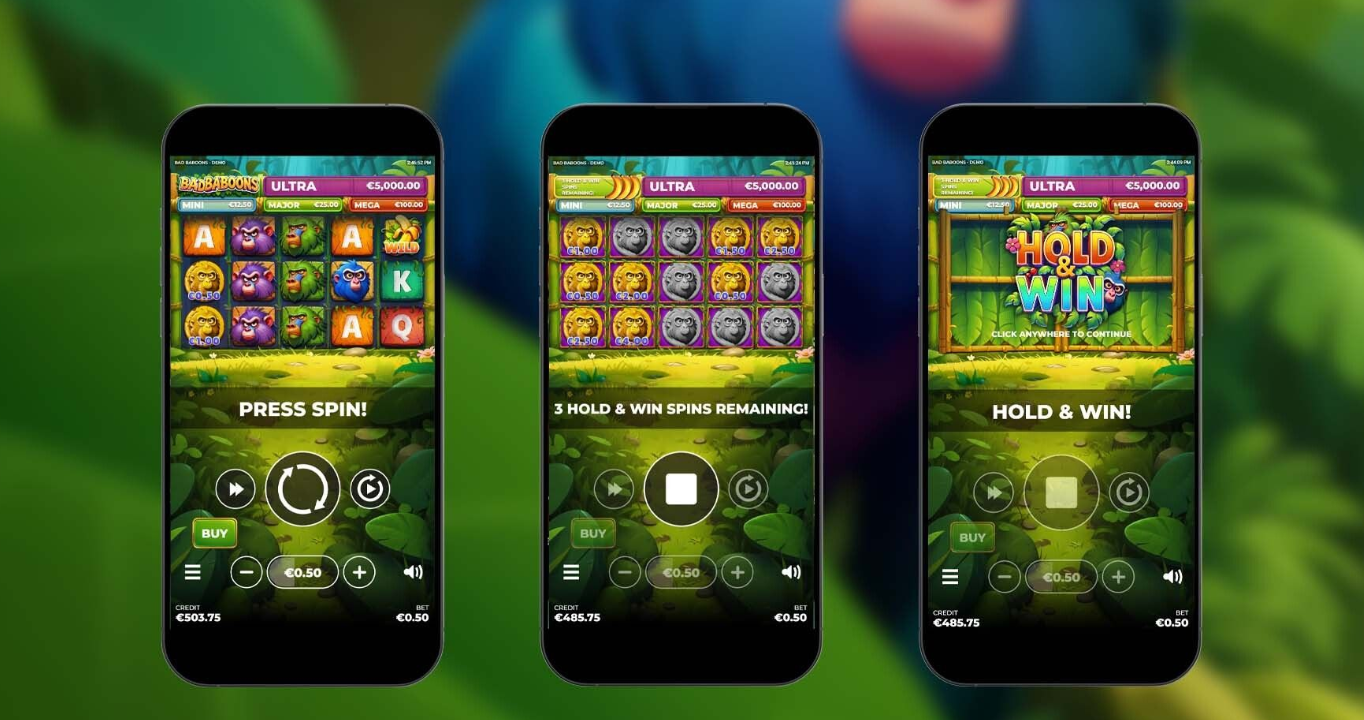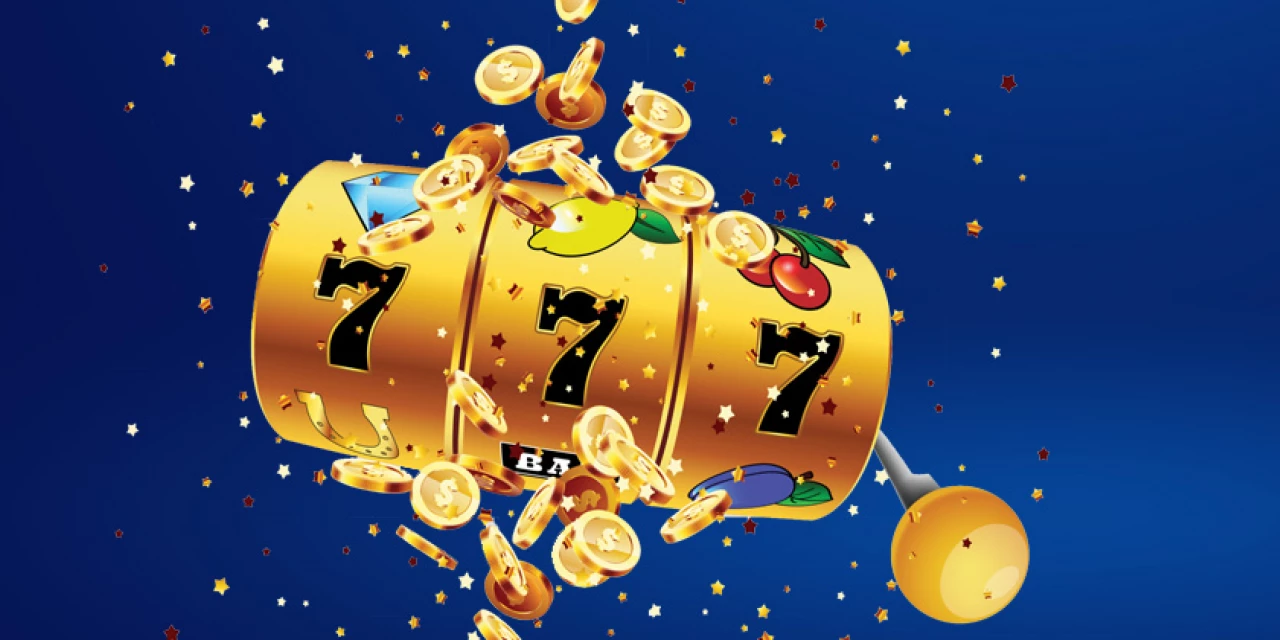Lost Life is an immersive mobile game that intricately blends elements of horror, mystery, and decision-making into a deeply engaging experience. This game stands out for its intense focus on critical decision-making, challenging players to navigate through a series of moral and strategic choices that directly impact the storyline and the game’s outcome. Here’s how Lost Life pushes the envelope in interactive narrative gaming by forcing players to confront tough decisions under pressure.
The Premise of Lost Life
Lost Life immerses the player in a bleak, eerie setting where they step into the role of a protagonist whose decisions shape their fate and impact those around them. The game is structured around a sophisticated storyline where the outcomes are dictated by the choices made, leading to a variety of endings that can be either terrifying or subtly unsettling.
Nature of Decision-Making in Lost Life
Ethical Ambiguity: In Lost Life, numerous choices come with moral conundrums where the line between right and wrong is obscure. Players are required to balance the potential rewards of their actions with potential ethical repercussions, frequently in situations filled with uncertainty and fear.
Long-term Impact: Decisions in Lost Life APK frequently have long-reaching effects that unfold over the course of the game. Choices made early in the game can come back to haunt the player in ways they couldn’t foresee, adding a layer of complexity to the strategy.
Psychological Strain: The game amplifies psychological strain by creating an unnerving environment and high-risk situations. The decision-making process is further strained by frequently instant and irreversible outcomes, thereby pushing players to the edge of their emotional and mental capacities.
Examples of Critical Decisions
Selecting Whom to Trust: Players will meet a range of characters with unclear intentions. The decision of whom to trust can significantly change the narrative, determining which secrets are revealed and which stay concealed.
Managing Resources: In various sections of the game, players are tasked with making optimal use of scarce resources. The choices they make can spell the difference between life and death, not only for themselves but also for other characters in the game.
Managing Conflicts: Players are required to steer through disputes and determine whether to face, avoid, or trick different dangers. Each decision results in markedly different consequences, impacting the player’s route and possible alliances or adversaries.
Strategies for Making Better Decisions
Analytical Thinking: Dissect each decision into possible results. Evaluating the advantages and drawbacks of each option can offer more definite routes and lower the chances of adverse outcomes.
Emotional Control: Maintain control over your emotions. Lost Life 3 is designed to provoke fear and anxiety, which can cloud judgment. Staying calm can lead to more rational decision-making.
Learn from Errors: Treat every round as a valuable lesson. By grasping the impact of previous choices, you can enhance future gaming and uncover fresh narrative layers.
Conclusion
Lost Life is a game that pushes players beyond mere gameplay and encourages profound contemplation about their decisions. It’s a psychological expedition that assesses the player’s ethical values, strategic intellect, and pressure management skills. The game’s allure and eerie memorability lie in the critical choices players must make. Lost Life, with its intricate storyline and the significance of its choices, provides a distinctive insight into the repercussions of our actions and the weight of accountability.
How Lost Life Game Challenges Players to Make Critical Decisions – Alevemente




